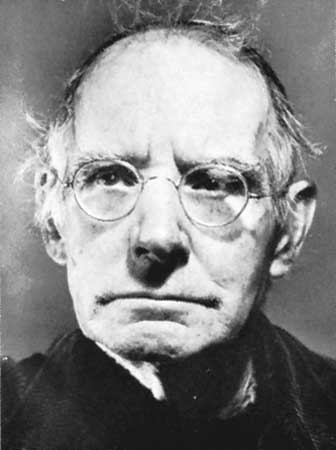Play (1926)
by Sean O’Casey
Directed by Sean Holmes
Abbey Theatre, Dublin, Ireland
in conjunction with
American Repertory Theater
Loeb Theater, Harvard University
Harvard Square, Cambridge, MA
September 24 – October 9, 2016
With Ian-Lloyd Anderson (Jack Clitheroe), Kate Stanley Brennan (Nora Clitheroe), Tony Clay (Sergeant Tinley), Lloyd Cooney (Lieut. Langon), Hilda Fay (Bessie Burgess), David Ganly (Fluther Good), Rachel Gleeson (Moliser), James Hayes (Peter Flynn), Liam Heslin (Capt. Brennan), Ger Kelly (A Bartender), Janet Moran (Mrs. Gogan), Ciaran O’Brien (The Young Covey), Nima Taleghani (Corporal Stoddart), Nyree Yergainharsian (Rosie Redmond)

Designed by George William Russell
Symbol of The Irish Citizens Army
Wikimedia
O’Casey’s provocative and controversial play is about the Easter Rising, or rebellion, of 1916 in Dublin, and how unsettling and difficult this armed insurrection initiated by the Irish Citizens’ Army was for the ordinary disenfranchised population among whom O’Casey dwelled. A few years later, Ireland won its independence, and the earlier effort marked a significant point in that process, but, at the time, as O’Casey shows, creating revolution on the home front came with great personal costs, particularly to the poor. The core of the drama surrounds a couple, Nora and Jack Clitheroe, who are expecting a child, but caught up in the middle of, and strongly affected by, the insurrection.
There is a lot of elevated volume in the background of this modern-dress production brought over from the Abbey Theatre in Dublin, loud shots fired and blaring rock ‘n roll; it is not at all a quaint evocation of domestic Irish life, in case one were to misleadingly think this production might entail that.
A set that focuses on a large scaffold-like structure that represents the stairway of a tenement house is otherwise pretty bare. The coolest thing about the set happens before the last act when the scaffold is lowered down and laid horizontally. It’s not quite as dramatic an effect as the flopping down, with a crash, of a large model of a bull in the Boston Lyric Opera’s current production of Carmen , but the effect is still pretty nifty.
There are also a lot of elevated voices, nay screaming, in this production, coming in at high volume and high emotional pitch, a lot to listen to. Because the screaming goes on with fairly thick Irish accents, a lot of it is hard to decipher.

Between the screaming there are moments of attempts at humor which mostly seem oddly placed in the middle of the melodrama. There is a particularly goofball scene in which one of the characters throws beer cans all over the stage. One of them has a small hole to allow beer to spurt out and there is some kind of clowning about that. Meant to be a comic diversion, it just lubricates a little of the space between the loud bangs and the screams.
Much of the chatter among the residents of this tenement is kind of amorphous; it would be good to have a better sense, by some dramatic vehicle, about what their motivations might be. In a lot of scenes, many of these characters aggregate onstage, making it not quite clear always who they are or what they’re doing, causing the focus of the dialogue and the drama to suffer.
Scenes with soldiers in modern fatigues emphasize the general relevance of the events from 1916 Dublin to the contemporary world, though not clearly how.
The show opens with a lovely soprano solo by who maintains the sweetness until she begins, as part of the action, coughing and worse, which then ends things abruptly. A scene in a bar where a prostitute holds forth demonstrates significant qualities of character; the actress also has quite a nice singing voice.
At the conclusion, a lot of enthusiasts in the audience manifested their appreciation. Whether they were cheering for the home team, for political independence, or for the brash attempt at a contemporary take on Irish classic, this theatrical interpretation seems to have worked well for them.
– BADMan
Leave a Reply